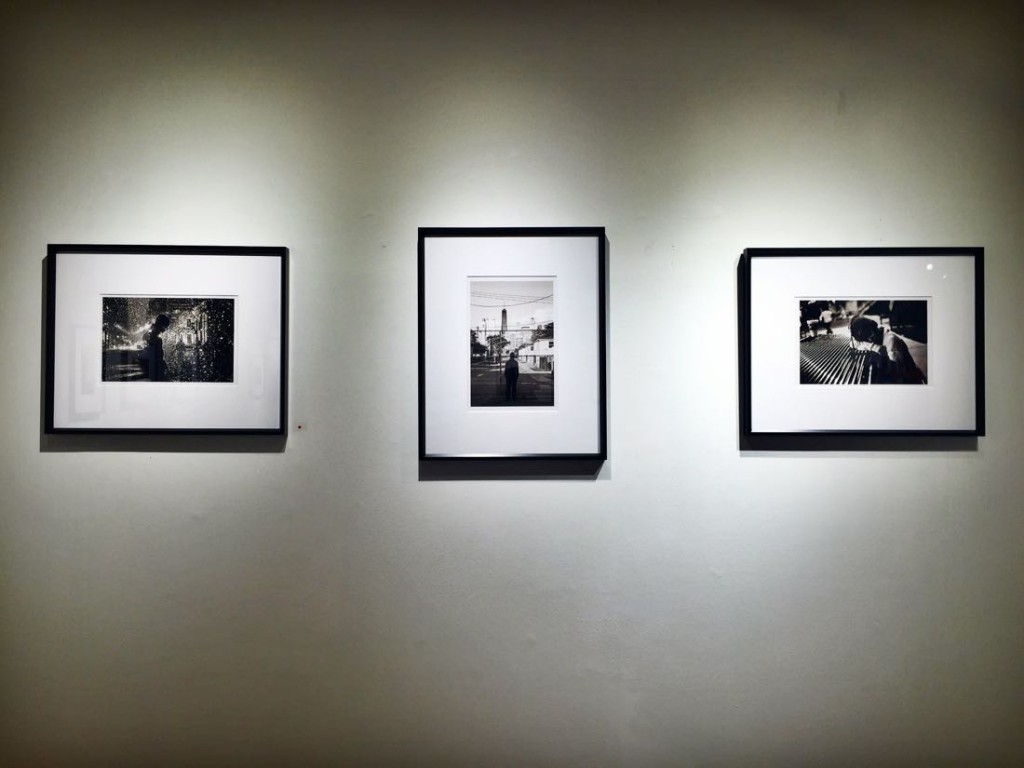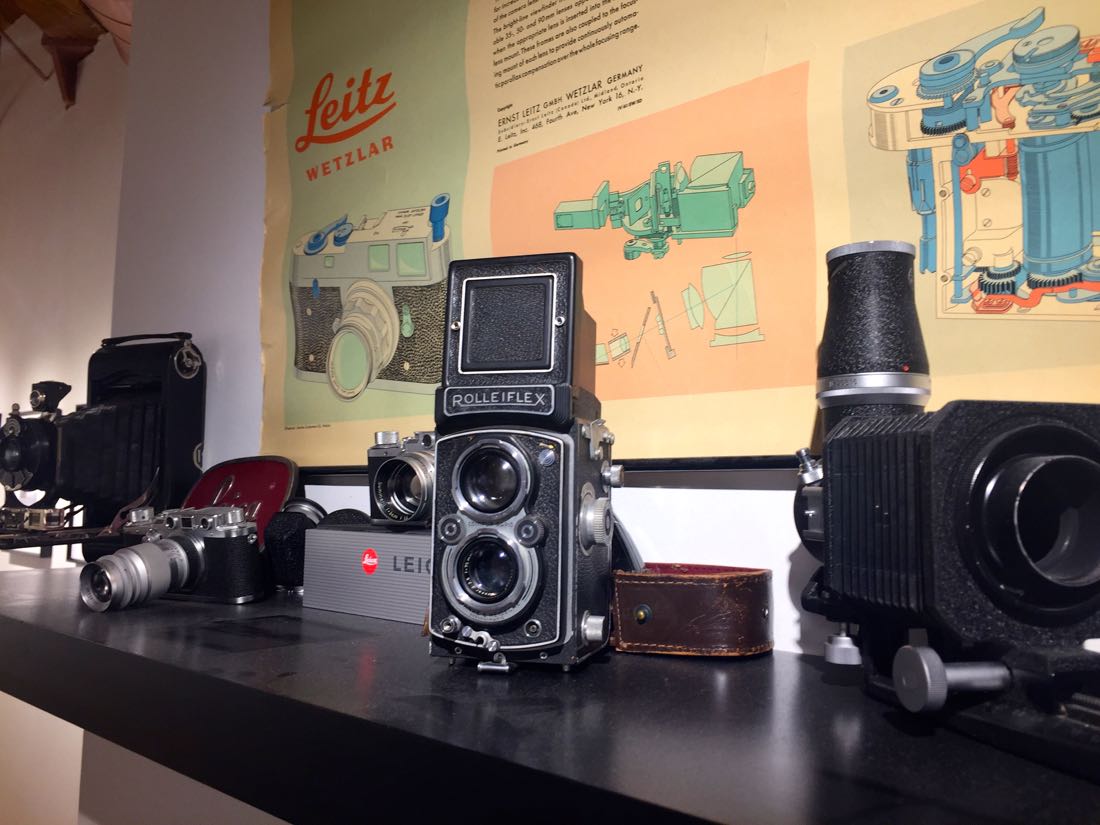By Elizabeth Bacharach
Satoki Nagata, who moved to Chicago in 1992, exclusively used a Leica camera to capture the photographs that compose the December-long exhibit “Lights in the City” at the Rangefinder Gallery. Located within Tamarkin Camera, 300 W. Superior St., the gallery displays 21 images from two different projects: “Lights in Chicago” and “Frances Cabrini Rowhouses.”
At first glance, the Leica camera strung around Nagata’s shoulder appears old and out of date, but behind the unassuming lens is a digital screen that has allowed Nagata to document the city in a modern manner.
Nagata’s photographs are made possible by the small, unassuming M8 and M9 Leica cameras that allowed him, in his words, to get passed “the fine line with a stranger and then become a documentary photographer,” as close as necessary to the subject.

Leica, whose cameras Tamarkin Gallery Sales Manager Ernie Deak regards as “essentially a revolution,” introduced the first 35-mm camera at the 1925 Leipzig Spring Fair in Germany. Known today for other praised aspects like its rangefinder, which measures the distance between a photographer and the subject, Leica has garnered a reputation as a trusted brand amongst photographers, artists and camera collectors.
According to Dan Tamarkin, owner of Tamarkin Camera, “There’s nothing like a Leica camera. They’re the finest cameras in the world.”

Originally, Nagata used a Canon for his street photography when he “didn’t know that photography is art” and treated his camera like a “toy.” Beginning to use a Leica because he thought that was how “to make art,” Nagata grew to appreciate the camera for its small lens, which is “not so overwhelming for the subject,” and its manual focus, which is “very accurate and fast compared to the regular DSLR.”
Not only does Nagata’s art in “Lights in the City” speak about and to Chicago, it also aligns with the gallery and store’s focus on Leica; “It’s a very interesting combination of work and…a lot of it says Leica through and through and a lot of it says Chicago through and through,” Tamarkin said.
Meanwhile, in conversation Nagata focused more on the goal of his displayed photographs rather than the camera’s role in capturing the moments. Considering himself an artist instead of a journalist, Nagata emphasized that he wants his images “to be open to the viewer” rather than be “too close” or “too obvious.”

Tamarkin agreed with Satoki’s mission and said the show is “very provocative and it gets people talking.”
Exhibit visitor and Toronto-based photographer Dale M. Reid felt similarly and said, “I am very impressed. The quality of the work…is there.”
Nagata added that he is always looking for a connection between himself and the photographed subject and scene: “If I see something inside of me is there, then I make an image.”
This emphasis on connection between photographer and subject and art and viewer is reflective of Zen Buddhism, which has had an influence on Nagata, who uses “a camera to make connections with the people.”
For self-described “Leica expert” Tamarkin, these connections are made that much more possible by Leica.
“These very intimate portraits from the Cabrini series would only have been possible with a photographer who is accepted in their environment,” Tamarkin said, “and who’s using a small, unobtrusive camera. Leica is not the only one but it’s the best one.”

“Lights in the City” is open until Dec. 30. The Rangefinder Gallery’s next exhibit will begin on Jan. 8 as part of “First Fridays” in which a new exhibit begins, with exception of January 2016, the first Friday of every month.


